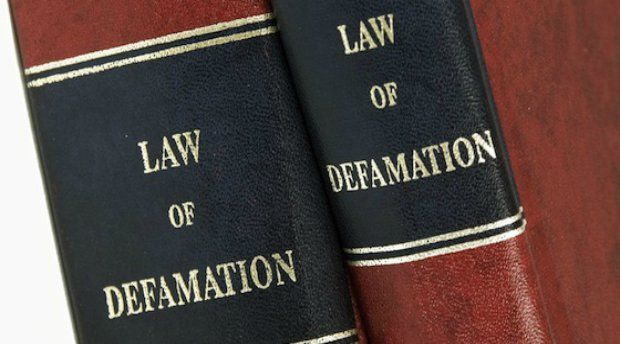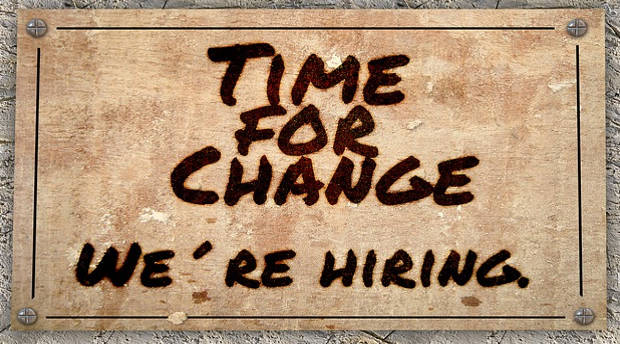Case in Court Centers on Whether or Not Alleged Statement from Co-Worker is Hearsay
Post Views 6A man who supervised maintenance workers at a plant owned by Nestlé USA, Inc. was fired for leadership issues. He alleged an alternate reason for his termination, however, based on a co-worker’s statement. As this was his strongest piece of evidence, the case was decided on the statement’s admissibility.
The man was employed by Chef America, working at a Kentucky food-processing plant making Hot Pockets. Nestlé bought the company sometime in 2002 and took over the facility. The man was a Maintenance Superintendent but was moved to Maintenance Team Leader, his prior position, with no decrease in pay, as the company didn’t recognize the job title. He supervised and was responsible for nine mechanics ensuring that processing lines were maintained, subverting both food contamination and downtime.
The employee began receiving an increase in negative evaluations a few years after working for Nestlé. In 2006, he was disciplined on three occasions, all of which had to do with supervisory duties. He was warned that improvements were needed and that termination was a possibility. Early the following year, he was suspended for five days for issues with downtime. A memo from his supervisor noted that he needed to be a better leader to his team. There was an explosion at the plant just two months later, and the man’s team had trouble starting up the line they were responsible for maintaining. He was subsequently fired for improperly supervising his subordinates and his team not meeting expectations.
He responded with a lawsuit, claiming that he’d been fired because of his age, a violation of the Kentucky Civil Rights Act. His proof? A statement made back in 2005 by another Maintenance Team Leader, who said that he’d been told by the HR Director at the time that higher-ups were planning to fire the “three oldest employees and highest paid team leaders.” The district court, believing that the HR rep’s statement was hearsay and therefore inadmissible, dismissed the case in favor of Nestlé.
On appeal, judges reviewed the affidavit from the Team Leader who’d allegedly been told the statement. The district court considered the statement hearsay because the HR Director was not involved in the plaintiff’s termination. Appellate judges disagreed with this, noting that a declarant need not be a direct part of an adverse employment action.
The appeals court, however, also saw what it called “double hearsay” – what higher management said to the HR rep, and what the Team Leader said to the plaintiff. As the upper-management declarant was unidentified, the statement’s reliability fell on the other Team Leader, with no involvement in management decisions. Because the plaintiff offered no additional evidence to support the statement, appellate judges believed the district court properly deemed it hearsay, even if for the wrong reason.
The plaintiff further argued that Nestlé’s disciplinary write-ups had no basis in fact, but he had no evidence to support his assertion. He also tried to shift blame to a team member, but every member of the team was his responsibility. And with the statement inadmissible, he had no way of showing pretext in the decision to fire him. Federal judges’ ruling on the side of the company was consequently affirmed by the appeals court.
Case in Court Centers on Whether or Not Alleged Statement from Co-Worker is Hearsay by Harrison Barnes



 5 Ways You Can Hire and Keep the Best Employees for Your Company
5 Ways You Can Hire and Keep the Best Employees for Your Company  The New Trend of Defamation Lawsuits
The New Trend of Defamation Lawsuits  Want to Attract Top Talent to Your Company? Have a Purpose
Want to Attract Top Talent to Your Company? Have a Purpose  Generation Y is Changing Corporate America
Generation Y is Changing Corporate America  The Most Popular 20 Employer Articles for Gig in 2015
The Most Popular 20 Employer Articles for Gig in 2015  What’s Lacking in the Work Place
What’s Lacking in the Work Place  Top Trends in Human Resources
Top Trends in Human Resources  Top 5 Areas You Should Cut Costs in Your Business in 2016
Top 5 Areas You Should Cut Costs in Your Business in 2016